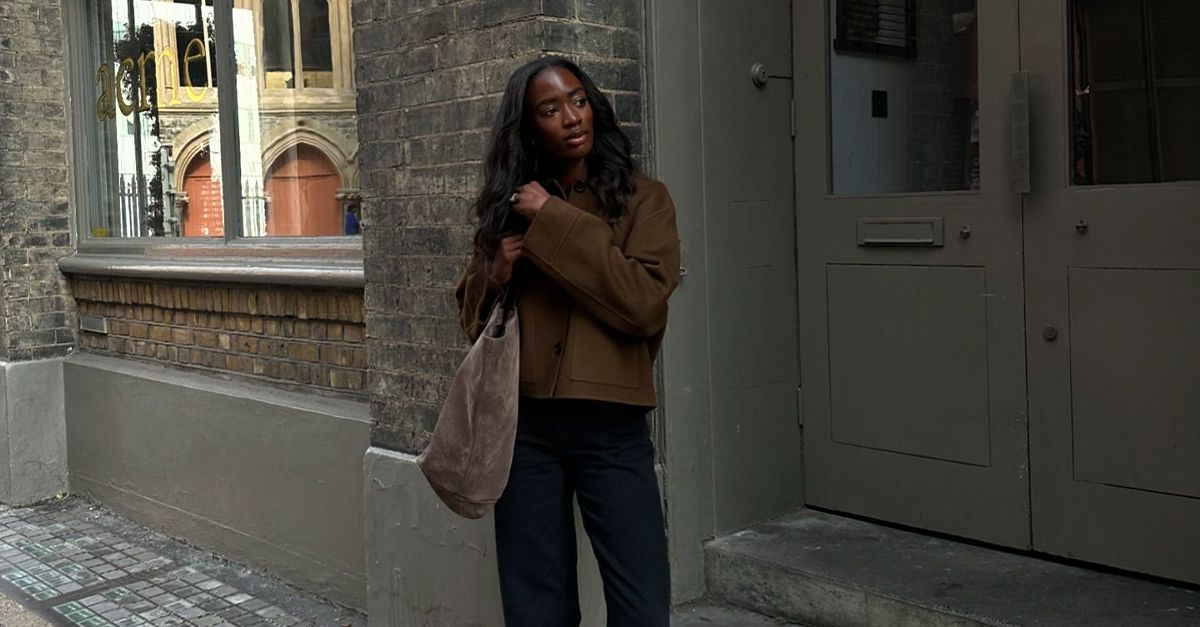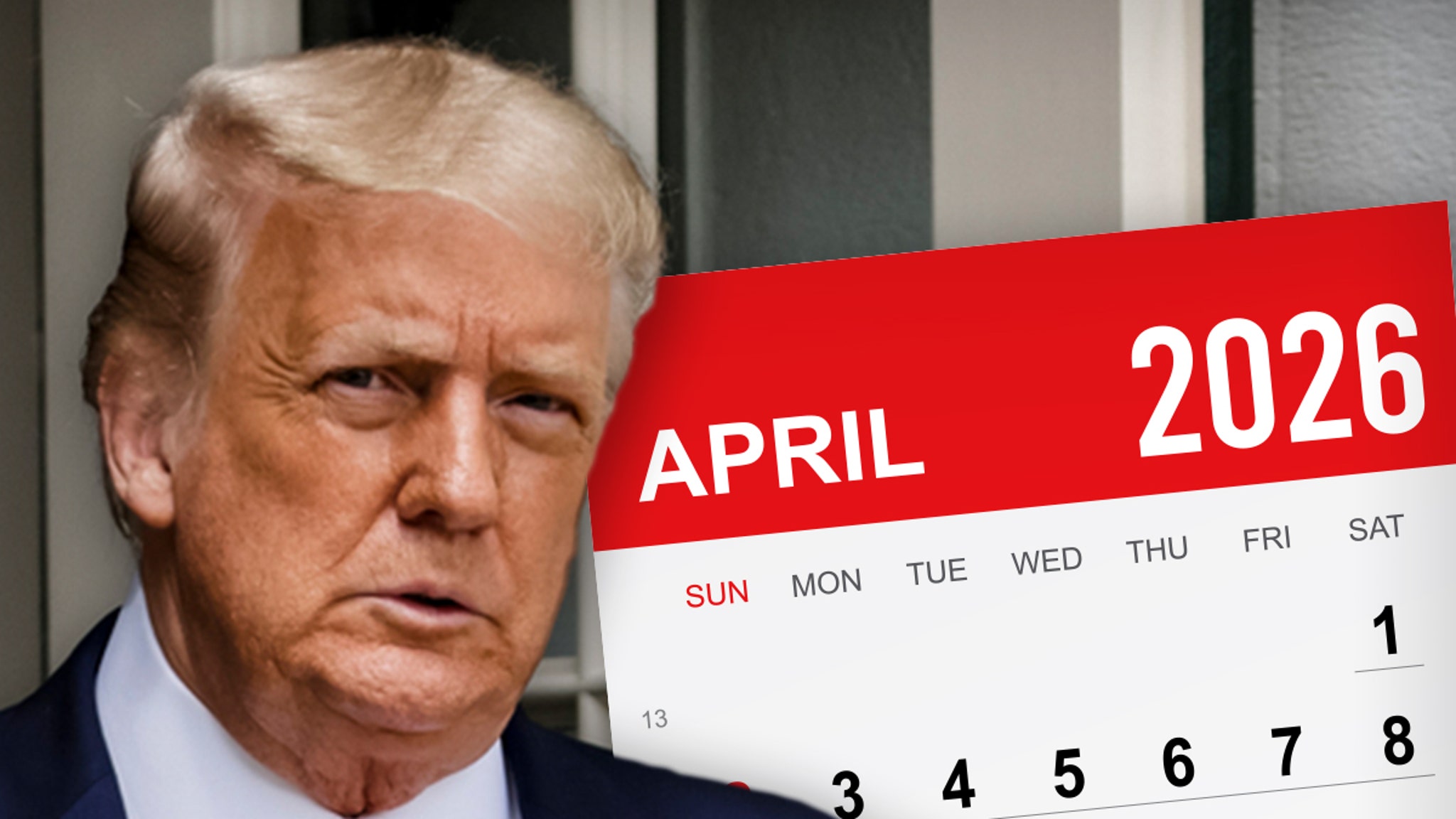In the series finale of Physical, lead character Sheila Rubin (Rose Byrne) takes a look at herself in the mirror and notices a pimple along her laugh line. Her natural inclination is to pop the blemish, but upon leaning in and examining the spot more closely, she decides to leave it be. The scene in the episode titled “Lucky Star” is a nod to the series premiere, “Let’s Do This Thing,” which debuted on June 18, 2021, and introduced Sheila in a similar vein along with the inner voice that would threaten to be her undoing over the next three seasons.
“It’s a small thing, but when she looks at herself in the mirror at the beginning, there’s so much beauty, yet all she sees is ugliness and darkness,” series creator Annie Weisman tells The Hollywood Reporter. “At the end of the season when she looks at herself in the mirror, it’s not that what she sees is beauty; she sees flaws and things she would improve. But she’s got bigger things on her mind. It’s not that her negativity has gone away, it’s just that there’s so many more voices and considerations in there for her to focus on now. And that is, to me, a real reflection of recovery and the biggest triumph for her.”
Long before Sheila’s once insatiable hunger for more outside of her life as a San Diego housewife made its way to streaming, Weisman spent years trying to figure out how to tackle the subject of eating disorders in a TV show and “crack the truth,” as she puts it, about her own history with disordered eating. Then one day, the idea for Physical just came to her.
“I really just sat under a tree in Ojai with my laptop and cried for a while and banged out a draft,” says the veteran TV writer. “I had the incredible good fortune of the script getting into the right hands at Apple and then into the right hands of Rose Byrne, and now something that was a very strange idea of mine has become a very unique show belonging to all of my collaborators.”
One of those collaborators is director Stephanie Laing who joined the series in season one, first directing episode three, “Let’s Get Down to Business,” before going on to direct 24 of the 30 episodes in the series.
“My first episode featured Sheila teaching her first aerobics class, and also Greta (Dierdre Friel) attending the class where Sheila’s inner voice was saying very nasty things about herself and not so nice things about her soon-to-be-friend Greta,” Laing recalls. “I feel like I got really lucky because Sheila’s starting off not knowing exactly what she’s doing in that class and moving the wrong way. It was like tripping along with her.”
Over the next three years, audiences watched Sheila grapple with her appetite for fame, money, sex and, of course, food. Plagued by an inner dialogue that manifests in human form as Kelly Killmartin (Zooey Deschanel), the quintessential girl who has it all, including Sheila’s desire to be a global aerobics icon, Sheila transforms from being an insular individual tormented by her own obsessive thoughts regarding her image to helping other women through an eating disorder support group. She even changes the brand name of her fitness empire from Body from Sheila to Strength in Numbers.
“A really important temple in her recovery is community and friendship, and learning to be vulnerable with other women. One of the biggest and most fun surprises in telling this story over three years was how important and powerful female friendship became to her,” says Weisman. “A lot of that had to do with these phenomenal actresses — Deirdre Friel and Jillian Armenante, who was such an incredible surprise in season two that we had to bring her back — and seeing how, for someone like Sheila whose disorder thrives in isolation, friendship and connection have been the anecdote. It was a really important part of the finale to see her learning to nurture and prioritize friendship.”
Rose Byrne in Physical.
Courtesy of AppleTV+
The depth of Sheila’s relationships with women, and Greta in particular, is in stark contrast to the one she has with ex-husband Danny Rubin, which reaches its peak in the penultimate episode of Physical, directed by Weisman.
“She says, ‘This is the most you’ll ever see me. I’m not going to give you that.’ She can’t,” explains Laing. “She’s not going to give that to Danny, but she gives it to Greta. So, to me, this really is a show about female friendships and being vulnerable, and how a person sees you in a way that you sometimes aren’t ready to see yourself. Greta never let Sheila get away with anything that Danny or anybody else in her life let her get away with.”
Episode nine marked Weisman’s directorial debut and a step outside of her comfort zone in terms of storytelling. “I wanted to make it easy on myself because it was my first time directing, so I thought: I’m going to do a bottle episode. Turns out, bottle episodes are challenging in a lot really cool ways, but there’s no room for error in terms of having anything to cut to in post. It’s all got to go as planned,” she says.
In that sense, Weisman likens the scenes that take place in the home Sheila and Danny once shared together to a play. The emotionally charged nature of their marriage being dissolved by one last moment of intimacy symbolizing a final act.
“I knew they were going to break up and I really wanted to give their marriage it’s due,” says Weisman. “That episode felt like it was the way to say goodbye to it in a real way, and it was really rewarding to get to do that. Getting to live so closely with Rose in that episode is so wonderful. And for Rory [Scovel], that was the most dramatic acting that he’s done and so it was fun to see him rise to that challenge in such a great way.”
Throughout the series, sexual agency has been as much a pillar of Sheila and Greta’s personalities as their entrepreneurial spirit, with Sheila having an affair and Greta notably telling her husband she and Sheila want to run her budding fitness franchise without him. In shaping these characters in such a way, Weisman has cast a new image of women in the 1980s.
“This show’s so much about a woman finding power in her own body. Part of that is exercise and part of that is also connecting to desire for food and sex,” says Weisman. “Liberation for Sheila is really about connecting to and finding her desire. So I’m really proud of how in season three, we get a chance to explore that as she’s in recovery to sort of connect to the idea of: What do I actually want? Because she’s suppressed that for so long.”
The socioeconomic realities of Ronald Reagan’s presidency from 1981-1989 provided the perfect backdrop for exploring those themes, Weisman adds. “I was really fascinated by the pivot point of the ’70s turning into the ’80s,” she says of choosing to set the show in that time period. “I call it the pivot from the ‘we decade’ to the ‘me decade.’ Certainly, California in the ’60s and ’70s made incredible gains in terms of sociopolitical movements. But in many of them, you could see how women were left behind. From the experience of women around me and in my family, despite all of the promises of the sociopolitical movements they studied and were part of, the way that women really could get independence and power was through money and having financial independence.”
It’s that connection to modern women that allows Weisman to imagine Sheila in a more contemporary society in perhaps another iteration of the series.
“I love to think about who she would be, what she might transform into in the ’90s or the aughts. I think she would definitely find a way to be quintessentially of that time if given the opportunity. I’m not saying I want to do a movie, but give me a movie and I’ll show you what happens at the millennium with her.”
Though Laing is hesitant to hypothesize about what Weisman’s vision for a Sheila of the future might be, her belief is that those things that transformed the broken wife and mother just looking for a release into a self-made woman would still be a part of her. “I think it’s still going to be a journey for her,” says Laing. “Recovery’s a long road, as we said in every season. So I think she’ll probably have a few more bumps. We all do. That’s life. But I think she’s transitioned. There’s a self-awareness that she didn’t have before. And I think going into the future she would be able to deal with the things that come her way in a different way, in a healthier way.”
For now, though, Sheila’s story concludes with her on a waterfront property musing about the greatest benefit of synchronous physical activity: The ability to feel connected to those around us. Weisman shares that sentiment when it comes to the series’ end. “It’s definitely bittersweet. I loved spending time with these characters and I feel like the audience gave as much to me as I gave to them,” she says.
“There’s something beautiful about the whole story being out there now because it doesn’t feel like it’s over. It feels like people can keep discovering it. It can continue to be in conversation with the culture. The issues that we’re exploring don’t seem to be going away anytime soon. So it feels like Physical can continue to be discovered and remain relevant. I take a lot of comfort in that.”
Source From: www.hollywoodreporter.com
Source link










